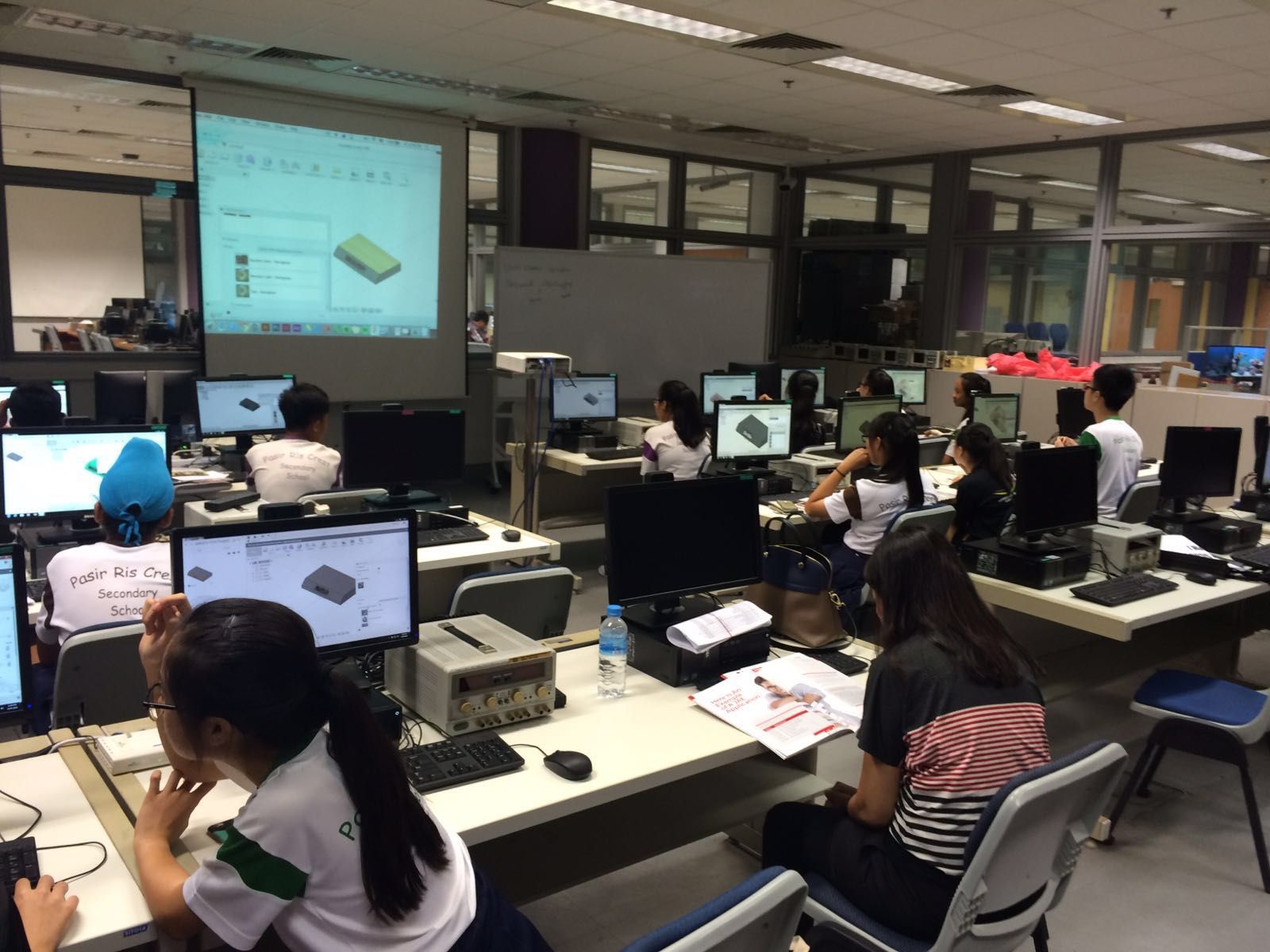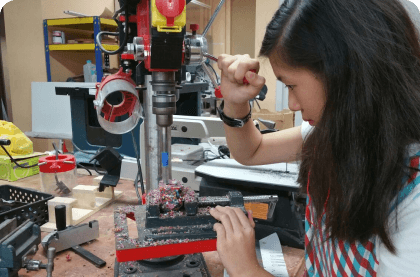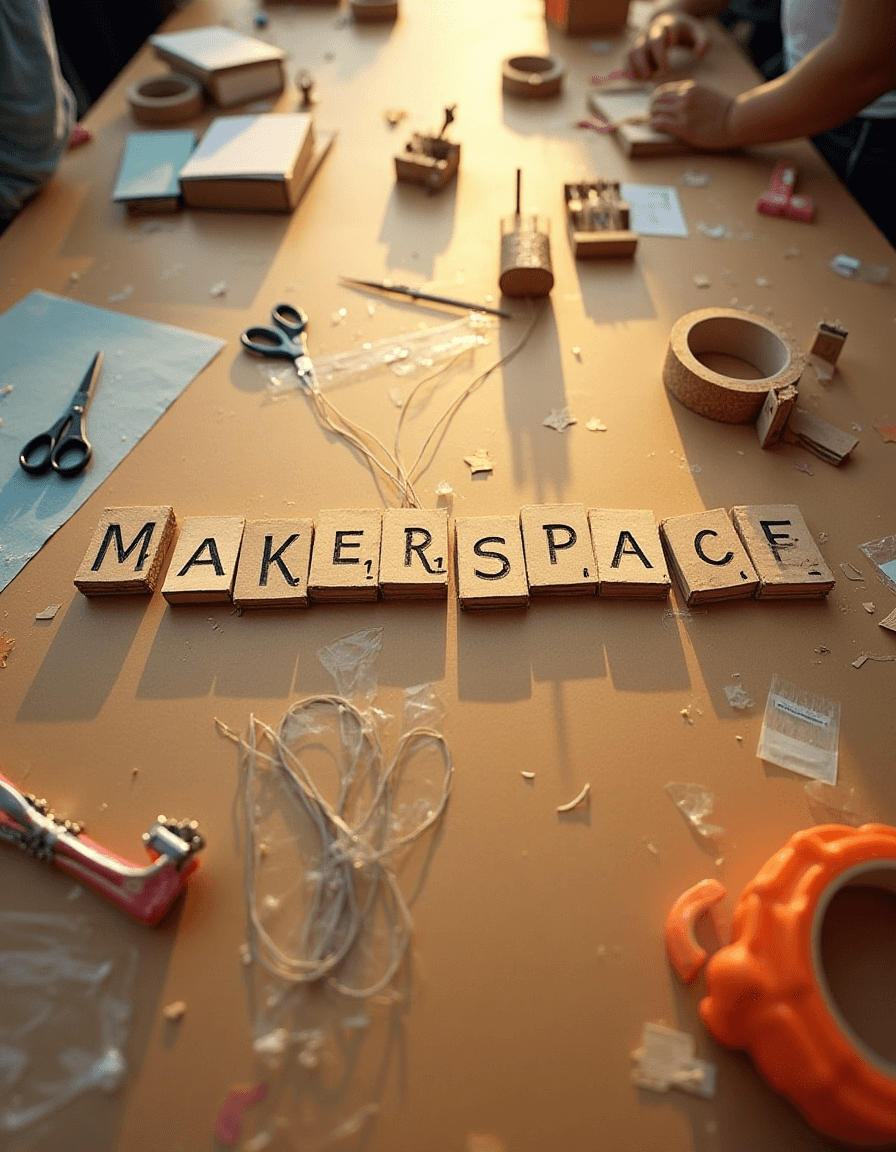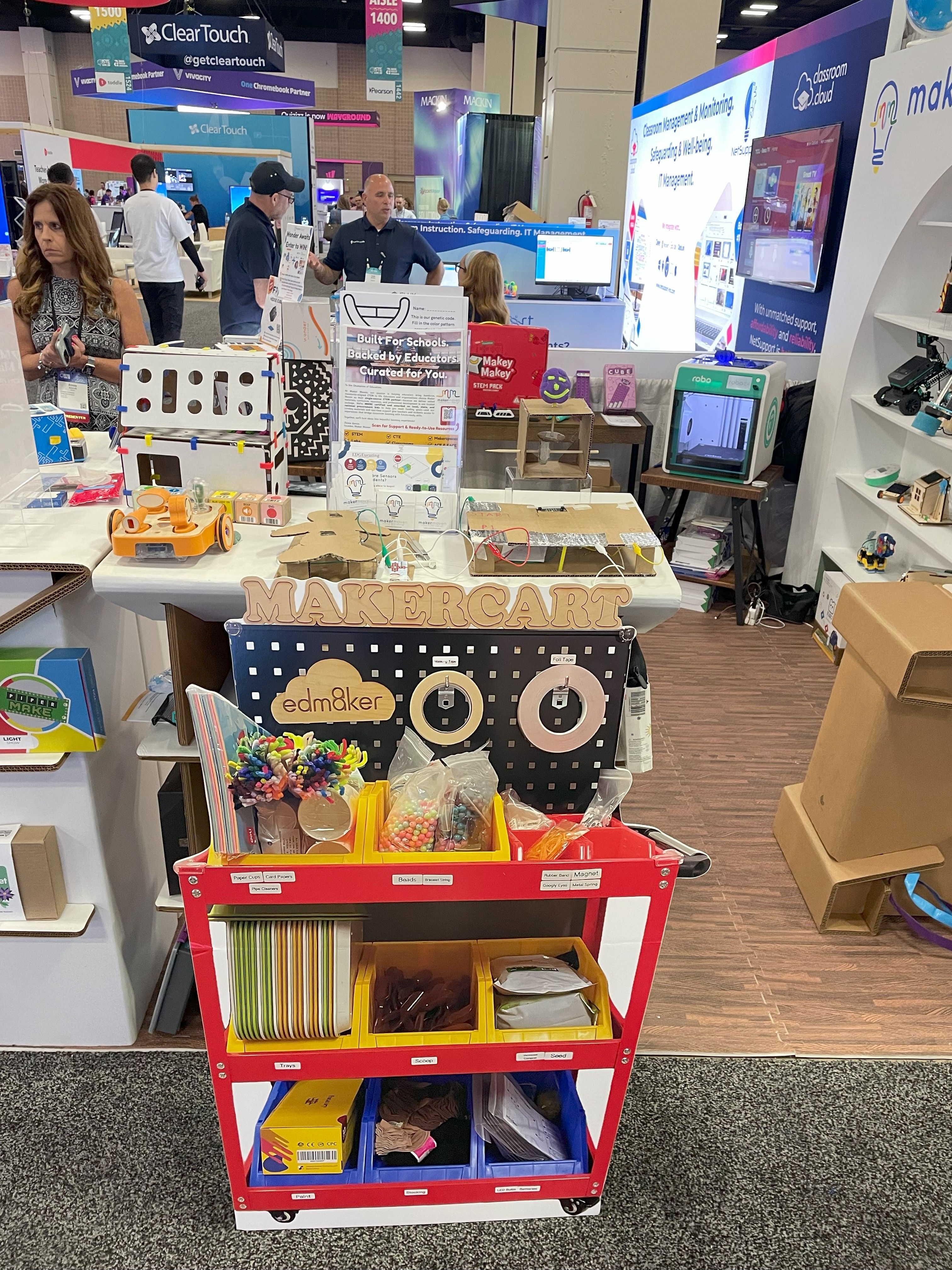When Students Shut Down Before They Even Start
You’ve heard it:
“I’m just not good at this.”
“I’m not a science person.”
“I’ll never get it anyway.”
And you’ve probably seen the silent version too—the kid who won’t even pick up the pencil, the one who erases everything they write, the one who always says, “You do it.”
These aren’t laziness problems. They’re mindset problems. Somewhere along the way, these students decided that ability was fixed—and they fell on the “not smart enough” side.
So how do you help students rewrite that story?
This blog isn’t a motivational speech or a research summary.
It’s a set of five practical, low-lift strategies that real teachers use to build a classroom culture where effort matters, struggle is normal, and students start to believe they can grow—even when they mess up.
Let’s Get Practical: 5 Ways to Help Students Shift From “I Can’t” to “What’s Next?”
1. Start With “Not Yet,” But Don’t Stop There
What you’re probably seeing:
A student hits a tough problem and shuts down. They say “I don’t get it,” but what they really mean is “I don’t believe I can.”
What you can try:
Introduce the word “yet.” When a student says they can’t do something, model the response: “You don’t get it yet. So what’s one thing we can try right now?” Then give them a starting point—one step, not ten.
In action:
In a maker challenge at one of our partner schools, a student was frustrated when their build kept collapsing. The teacher said, “Okay, what’s one thing that went wrong? Just one.”
The student paused, then said, “I didn’t measure before I glued.”
That answer became the new starting point.
Why it matters:
“Yet” is only powerful if it’s backed by scaffolding. Language shifts belief, but only when it comes with tools.
2. Catch Students in the Act of Trying
What you’re probably seeing:
Students who get the answer right get all the praise. The ones who keep trying—quietly, awkwardly—get nothing but a red pen.
What you can try:
Change what you praise. Celebrate process:
- “I noticed you didn’t give up after your first try.”
- “You rewrote that intro without me asking—what changed in your thinking?”
- “You tried three angles before choosing one. That’s real problem-solving.”
In action:
During a design sprint, a student didn't finish on time. But they explained how they scrapped their first two ideas after testing and improved their third. The teacher didn’t mark it as “incomplete.” Instead, she highlighted the decision-making in a gallery walk.
Why it matters:
If effort isn’t recognized, students will stick to safe answers. Process praise encourages risk—and risk is where growth happens.
Caption
The moment the scribble bot started moving, the table lit up. The battery car followed—and so did their excitement. That’s what hands-on learning is supposed to feel like.
CTA:
Explore low-prep tools that bring hands-on STEM wins into your classroom →
3. Normalize Failure (Like, Really Normalize It)
What you’re probably seeing:
One mistake and your student shuts down. They assume failure means they aren’t cut out for it. They panic. Or worse—they stop trying.
What you can try:
Give failure a name and a place in your classroom. Let students talk about what went wrong and what they’d do differently. Reflect out loud as a class. Laugh at what didn’t work. Then try again.
In action:
At Makedemy Bowen, students were building a freestanding bridge with limited materials. Half collapsed. The teacher led a quick debrief: “Tell us one thing your group would change—and why.”
Instead of shame, there was curiosity. They rebuilt with more thought the second time. No eye-rolls. Just engineering.
Why it matters:
We don’t “teach” resilience—we create the conditions for it. Reflection makes failure useful.
Photo 2
Image: Students at Makedemy Bowen reflecting on their emotions
Caption:
Some days, the prototype fails. Sometimes, the glue runs out. But in this classroom, what mattered was asking: “What did I learn about myself today?”
CTA:
👉 Discover tools that make space for reflection, growth, and trying again →
4. Teach the Brain Like It’s a Muscle
What you’re probably seeing:
Some students think their brains are static: “I’m smart” or “I’m not.” If they don’t get it instantly, they assume they never will.
What you can try:
Use brain science to give students a reason to push through. Show how neurons strengthen with repetition. Use visuals. Say things like, “This is a struggle moment—your brain is building right now.”
In action:
One 4th-grade class tracked “brain stretch” moments by writing them on sticky notes and posting them on a wall. Notes said things like:
- “I didn’t give up on my third prototype.”
- “I used a new math strategy even though it felt weird.”
Why it matters:
Students need to see their effort doing something. Brain science makes the invisible feel real.
📎 Find tools that build a growth-first classroom →
5. Build Growth Mindset Into Teamwork
What you’re probably seeing:
Group work feels lopsided. One student dominates. One zones out. No one reflects.
What you can try:
Make collaboration a reflection tool. Assign rotating roles like Question Asker, Feedback Giver, Timekeeper. Then debrief as a team:
- “What helped us keep going?”
- “Where did we get stuck, and how did we move forward?”
- “What surprised us about each other’s thinking?”
In action:
In a STEM challenge, a team struggled for 30 minutes with their design. When reflecting, one student said, “I wanted to give up, but she kept sketching.” That moment helped the team recognize quiet persistence.
Why it matters:
Growth mindset doesn’t have to be individual. When students learn from each other’s resilience, it sticks deeper.
📎 Discover tools for hands-on learning and growth →
Need a quick visual summary?
Here’s a classroom-ready infographic that breaks down the five mindset-building moves we covered—perfect to print, share with a colleague, or post on your staff room wall.
Start Here → Try One of These Next Week
You don’t have to do it all at once. Here’s where many teachers begin:
Add “yet” and follow it with one re-entry question
Shift one round of praise to process over product
Set a “fail and reflect” moment into a maker activity
Use a sticky note wall for brain growth reflections
Debrief group work with “what helped us keep going?”
Pick one. Try it. Let it evolve.
Your Turn: Talk to Us
What’s one shift you’ve made (or want to make) to help your students believe they can get better?
Leave a comment below or tag us @edm8ker on social with #GrowthInAction. We share stories like yours in our newsletter—because teachers learn from each other too.
Not Sure Where to Begin?
We’ve built classroom-ready tools and reflection prompts that do the heavy lifting for you.
👉 Get your free starter kit →
Want help documenting growth mindset moments for your admin or parents?
👉 See how Eddy can simplify your week →
CTA: Enjoyed this article? Share it with your network to spread the word about Maker Education!
Want more moments like this in your inbox?



